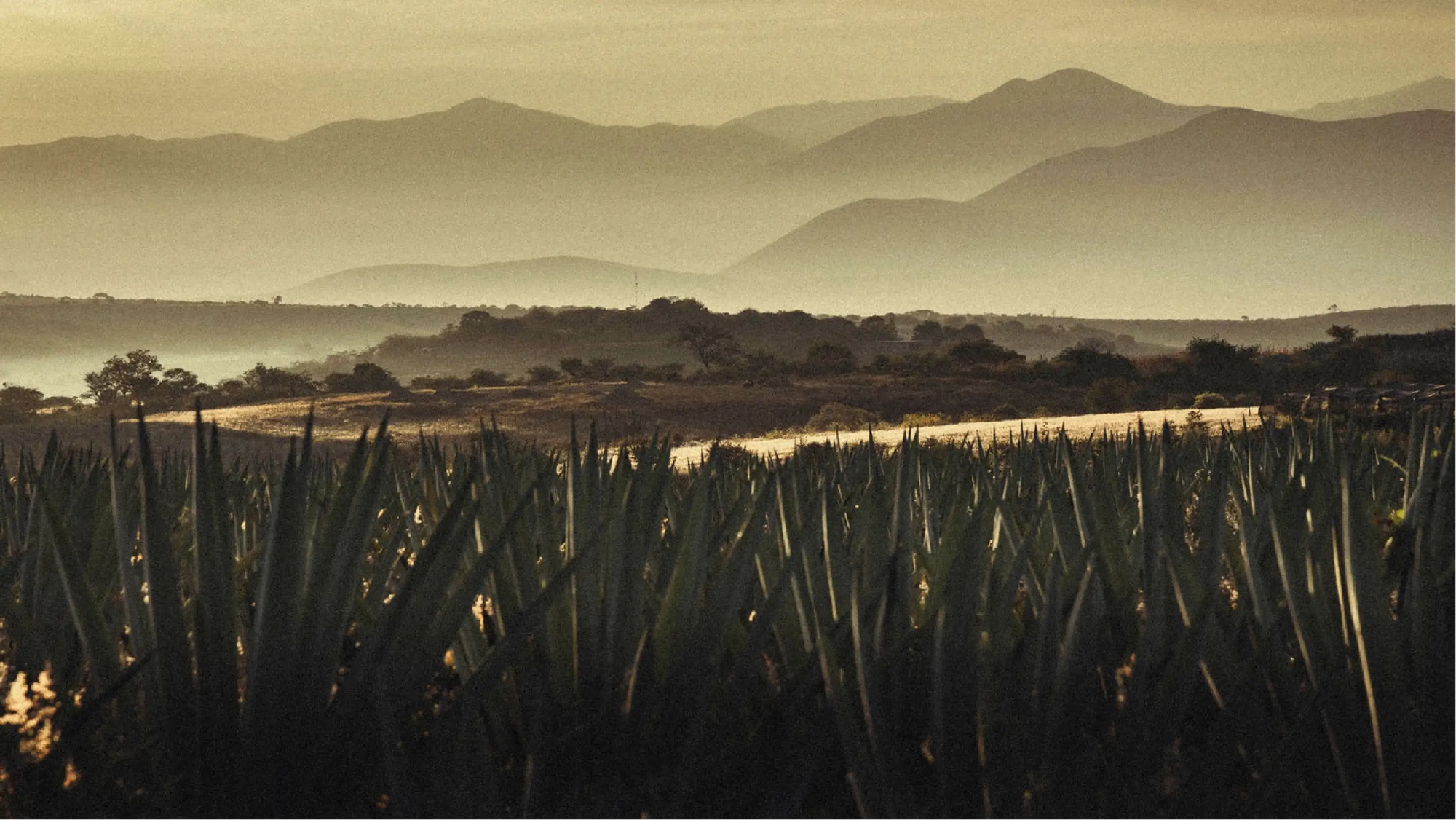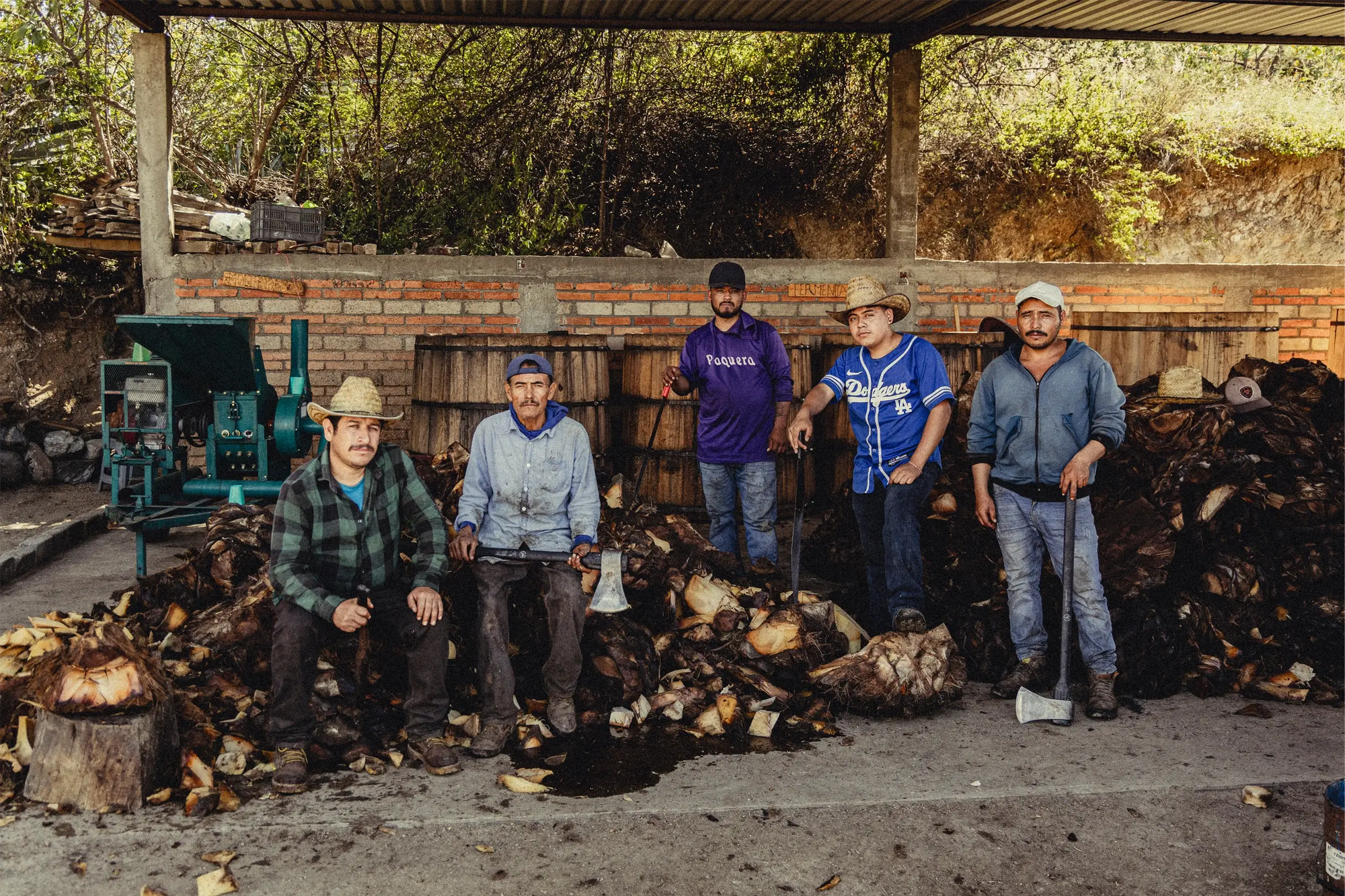

Mezcal vs Tequila: The Ultimate Guide to Mexico’s Legendary Spirits (2025)
Introduction
Mexico’s rich cultural heritage has given the world two remarkable spirits that continue to captivate drinkers worldwide: mezcal and tequila. While often confused or used interchangeably, these agave-based spirits have distinct characteristics that set them apart. When comparing mezcal vs tequila, the most fundamental difference lies in the type of agave used, production methods, and resulting flavor profiles. Whether you’re a spirits enthusiast or simply curious about these Mexican treasures, understanding their unique qualities will enhance your appreciation and help you make more informed choices. This comprehensive guide explores everything from their origins and production processes to taste profiles and cultural significance.
The Key Difference Between Tequila and Mezcal: Origins and Ingredients
The main difference between tequila and mezcal is that tequila must be made exclusively from blue weber agave (Agave tequilana Weber), while mezcal can be produced from over 30 different species of agave. This fundamental distinction leads to significant variations in flavor, complexity, and character.
Geographic Origins
Both spirits have protected Denomination of Origin status, meaning they can only be produced in specific regions of Mexico:
- Tequila: Limited to five Mexican states, with the vast majority (about 90%) coming from Jalisco, particularly around the town of Tequila. The other authorized states are Guanajuato, Michoacán, Nayarit, and Tamaulipas.
-
Mezcal: Officially produced in nine Mexican states, with Oaxaca being the primary region, accounting for about 85% of all mezcal production. Other states include Durango, Guanajuato, Guerrero, San Luis Potosí, Tamaulipas, Zacatecas, Michoacán, and Puebla.
Legal Requirements
Another notable mezcal vs tequila difference involves the regulatory standards governing each spirit:
-
Mezcal: Must be made from 100% agave, with no additives allowed during the
production process. - Tequila: Only required to contain a minimum of 51% blue weber agave. The remaining 49% can be filled with other sugars (typically cane sugar), resulting in what’s known as “mixto” tequila. Premium tequilas, however, are often made from 100% blue weber agave and will be labeled as such.
A common question among spirits enthusiasts is “is mezcal a tequila?” - the answer is no, though they’re related. The relationship is better understood by thinking of mezcal as the broader category and tequila as a specialized type of mezcal that evolved with its own distinct production methods and regulations. All tequilas are technically a type of mezcal, but not all mezcals are tequilas.
Mezcal vs Tequila Process: How Each Spirit is Made
When asked what is the difference between mezcal and tequila, experts point to both production methods and regional origins. The mezcal vs tequila process differs significantly in how the agave hearts are cooked before fermentation. Harvesting the Agave Both spirits begin with the harvesting of the agave plant. The heart of the agave (piña) is extracted by removing the leaves. These piñas can weigh anywhere from 40 to 200 pounds.
Cooking Methods
The most distinctive aspect of production that separates these spirits:
Mezcal:
- Piñas are cooked in underground pit ovens lined with volcanic rocks
- Wood fires heat the stones for up to 24 hours
- Agave hearts are covered with earth and fiber mats
- This slow roasting process takes several days
- Imparts the characteristic smokiness associated with mezcal
Tequila:
- Traditionally cooked in above-ground brick or stone ovens (hornos)
- Modern producers often use stainless steel pressure cookers (autoclaves)
- Steam-based cooking process
- Takes between 12 hours and 3 days
- Results in cleaner, less smoky flavors
Fermentation and Distillation
After cooking, the processes share some similarities:
-
Crushing: The cooked agave is crushed to extract the sugars
Mezcal often uses a traditional stone wheel (tahona) pulled by horses or donkeys, while tequila typically employs mechanical shredders in modern facilities
-
Fermentation: The extracted juice is fermented with yeast
Mezcal often uses wild, naturally occurring yeasts while tequila may use wild or cultivated yeasts
-
Distillation: Both spirits are distilled, but with some differences
Mezcal is usually distilled twice in copper or clay pots, while tequila is typically distilled twice in copper pot stills or column stills
Learn more about the process of making mezcal !
Mezcal vs Tequila Taste: Flavor Profiles Compared
When comparing mezcal vs tequila taste profiles, mezcal typically offers more complexity and smokiness, while tequila presents a cleaner, often sweeter character.
Mezcal Flavor Profile
- Dominant notes: Smoke, earth, roasted agave
- Secondary characteristics: Fruit, herbs, minerals, leather
- Complexity: High, with significant variation based on agave species
- Texture: Often oily or creamy
- Finish: Long, warming, with lingering smoke
- The variety of agave species used in mezcal production creates a wide spectrum of flavors. For example, Tobalá agave produces delicate, fruity notes, while Tepeztate offers herbaceous, vegetal characteristics.
Tequila Flavor Profile
- Dominant notes: Cooked agave, citrus, pepper
- Secondary characteristics: Vanilla, caramel, oak (in aged expressions)
- Complexity: Moderate, with variations based on production and aging
- Texture: Generally smooth and clean
- Finish: Crisp with varying length depending on quality and age
Aging Classifications
Both mezcal tequila varieties have similar aging classifications, though the terminology differs slightly:
Mezcal:
- Joven: Unaged or minimally aged
- Reposado: Aged 2-12 months
- Añejo: Aged over 1 year
- Extra Añejo: Follows tequila standards (3+ years)
Tequila:
- Blanco/Silver/Plata: Unaged or aged less than 2 months
- Reposado: Aged 2-12 months
- Añejo: Aged 1-3 years
- Extra Añejo: Aged 3+ years
The mezcal vs tequila difference in aging classifications affects the final flavor profile, with longer aging generally resulting in smoother spirits with more vanilla, caramel, and oak influences.
Is Mezcal a Tequila? Understanding the Relationship
A common misconception needs clarification: is mezcal a tequila? No, but they share a common ancestry. The relationship is similar to that of whiskey and bourbon – all bourbon is whiskey, but not all whiskey is bourbon.
Tequila began as a type of mezcal that evolved into its own distinct category over time. In the 16th century, Spanish conquistadors learned the distillation process from Filipino immigrants and applied it to fermented agave juice, creating what would eventually become both mezcal tequila.
The name “mezcal” derives from Nahuatl words “metl” (agave) and “ixcalli” (oven-cooked), highlighting the importance of the cooking process in its production. Archaeological evidence suggests agave-derived alcohols have been produced in Mexico since approximately 200 AD, making these spirits deeply rooted in Mexican heritage.
Cultural Significance and Traditional Consumption
Both spirits hold important places in Mexican culture, though in different ways.
Mezcal’s Cultural Role
-
Deep connection to Oaxacan identity and heritage
-
Traditionally consumed with orange slices and sal de gusano (salt mixed with ground worms, chili, and herbs)
-
Plays an important role in ceremonies and celebrations
-
Often produced by small, family-run operations using generational methods
-
Traditional saying: “Para todo mal, mezcal, y para todo bien, también” (For everything bad, mezcal, and for everything good as well)
Tequila’s Cultural Impact
-
Acts as an international ambassador for Mexican spirits
-
Central to the identity of Jalisco state
-
Featured in songs, films, and cultural references
-
Traditional serving with lime and salt originated to mask the taste of lower-quality products
-
The town of Tequila and its surrounding agave landscapes are UNESCO World Heritage sites
Notable Tequila Brands
-
El Tesoro – Traditional stone-crushed, 100% agave tequila
-
Fortaleza – Made using old-world methods with a stone tahona
-
G4 – Environmentally conscious production using rainwater
-
Ocho – Single-estate tequilas that highlight terroir
-
Siete Leguas – Family-owned distillery producing balanced, complex tequilas
Popular Mezcal and Tequila Cocktails to Try at Home
Both mezcal and tequila shine in cocktails, though they create distinctly different flavor experiences.
Classic Tequila Cocktails
1. Margarita
-
2 oz tequila
-
1 oz lime juice
-
0.5 oz orange liqueur
-
0.5 oz agave syrup
-
Salt rim (optional)
2. Paloma
-
2 oz tequila
-
0.5 oz lime juice
-
Grapefruit soda
-
Pinch of salt
3. Tequila Sunrise
-
2 oz tequila
-
4 oz orange juice
-
0.5 oz grenadine
Mezcal Cocktails
1. Mezcal Negroni
-
1 oz mezcal
-
1 oz Campari
-
1 oz sweet vermouth
2. Mezcal Mule
-
2 oz mezcal
-
0.5 oz lime juice
-
Ginger beer
-
Cucumber slice
3. Oaxaca Old Fashioned
-
1.5 oz reposado tequila
-
0.5 oz mezcal
-
1 tsp agave nectar
-
2 dashes Angostura bitters
Better yet, try our custom mezcal recipes!
Common Misconceptions About Mezcal and Tequila
Geographic Origin Myth
Misconception: All mezcal comes from Oaxaca
Reality: While Oaxaca is the largest producer, mezcal is officially made in nine Mexican states
The Worm Myth
Misconception: Quality mezcal always contains a worm
Reality: The “worm” (actually a larva) is a marketing gimmick from the 1950s—not a sign of quality
Consumption Method Myths
Misconception: Tequila should always be taken as a shot with lime and salt
Reality: Quality tequila and mezcal are meant to be sipped slowly to appreciate their complex flavors
Classification Confusion
Misconception: Tequila is Mexico’s national spirit
Reality: Mezcal holds that title—tequila is a regional type of mezcal
Sustainability Considerations
The rising popularity of mezcal and tequila has raised important environmental concerns.
Sustainable Practices
Many producers are taking action through:
-
Reforestation to protect agave supply
-
Responsible harvesting techniques
-
Long-term agave cultivation planning
-
Water conservation
-
Repurposing production waste
Consumer Impact
As a conscious consumer, you can:
-
Support brands with transparent sustainability practices
-
Choose spirits made from cultivated, not wild-harvested, agave
-
Appreciate the value of traditionally produced spirits
-
Understand that higher prices often reflect more sustainable practices
Conclusion: Choosing Between Mezcal and Tequila
The choice often comes down to personal taste and intended use.
Choose Mezcal If You Prefer:
-
Complex, smoky flavors
-
Artisanal, small-batch production
-
A wide variety of unique flavor profiles
-
Supporting traditional methods
-
A rustic spirit with depth
Choose Tequila If You Prefer:
-
Cleaner, more approachable flavors
-
Consistency across bottles
-
A globally recognized spirit
-
More affordable options
-
A broad range of aged expressions
Better yet, enjoy both for what they are—distinct expressions of Mexico’s rich agave heritage. Each bottle tells the story of its region, its maker, and the ancient traditions behind it.
Whether you're sipping a smoky mezcal or a smooth añejo tequila, you're participating in a centuries-old tradition.
Salud!
Experience Authentic Mezcal
Ready to start your mezcal journey?
Discover the rich flavors and traditions of authentic mezcal by visiting Paquera Mezcal. Explore their selection of artisanal mezcals and learn more about the passion and craftsmanship behind each bottle.


